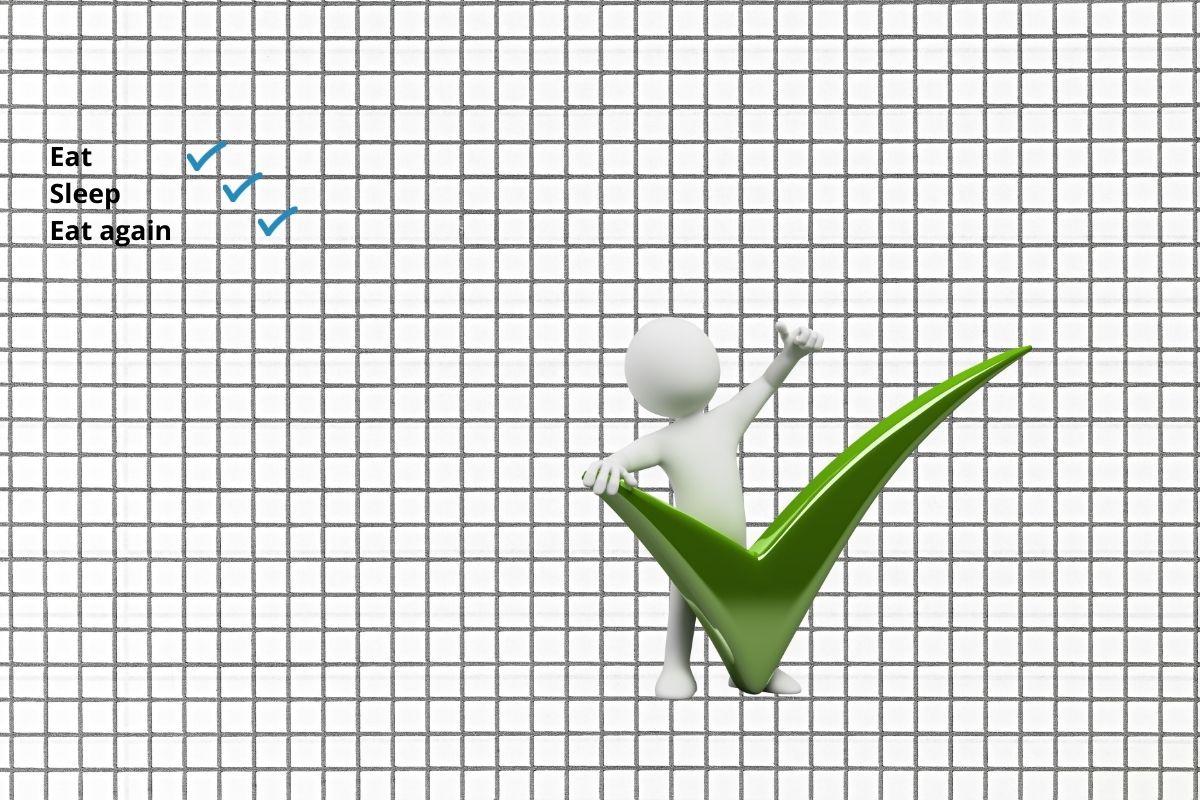
There are habits that I know from personal experience (or can justify on the basis of evidence-based health practices), that I should have embedded into my days/weeks in order to provide a good foundation for my health and wellbeing. Some are additive – meaning they are things I should do (e.g. meditate, do art). Some are subtractive – meaning they should be removed from my life (e.g. alcohol, chips).
For me, the current list looks something like:
Early sunlight exposure
Yoga
Drink plenty of water
Use my standing desk
Weight training
Not eating the following (chocolate, chips, crappy snacks)
No alcohol
Meditation
Art
Fasting
You could probably develop a list of your own. What regular habits make your days/weeks better? Do you have some bad habits that should be minimised?
Perhaps it is regular walking or going for a run. Perhaps it is time in nature. Perhaps it is a healthy green salad for lunch or resisting that afternoon chocolate bar.
Whatever your list, I’ve been thinking about a simple way to track compliance with those activities. A way of assessing one’s progress towards building days and weeks that are built out of healthy components.
This is what I have so far:
- Grab a graph pad or book – you know one of those with lots of squares ⬜
- Put the activities you want to engage in (or not engage in) in a vertical list on the left hand side of the page
- Each column next to that list on the right hand side represents a day
- If you meet the minimum requirements for that activity, for that day, put a tick in the box. You get to decide what constitutes ‘minimum requirements’. For example, for me, the yoga should be about 15 minutes at least. The weight training, 25 minutes + . The fasting – at least 15 hours.
- Record for at least a couple of weeks to start seeing a pattern.
- That’s it.

This kind of tracking serves a few purposes:
- It gives you a baseline of how regularly you are currently engaging in the kinds of habits you want to be engaging in.
- It allows you to see how your habits are spread over time and helps you think about how regularly you want to be doing the different habits. Some habits you might want to do everyday. Others you might be perfectly happy if you are doing them a few times per week.
- This tracking will show progress if you increase your compliance (the density of ticks will increase)
- Keeping a simple record will reduce the need to try and keep a track of these habits in your head (offload the storage to the paper).
As a student, you may wish to add ‘study time’ to your list if you are struggling to allocate appropriate levels of study to your daily schedule. I haven’t added work time to my list as I don’t struggle to allocate the necessary time. But the life of a student is a bit different from the life of a 9-5 office worker like me.
My personal goals? – I don’t expect that I will get all tasks done every day. Instead I am aiming for consistency with at least all tasks appearing at least a couple of times in a given week. If I can look at my page and see a nice distribution of ticks over the week, then I feel confident that I am in a sustainable pattern.
Your goals might be different. The good thing with this system is that you can hold yourself to whatever standard you want. Perhaps you want solid ticks all the way across, or just a light smattering showing that you are making progress.
With us going into lockdown here in SA, a system like this might be a good way to try and sustain some kind of healthy schedule. That way you don’t lose too much momentum for when we come out of lockdown and head back to normal life.
If you find it helpful, or can think of some nice simple mods to the system, let me know.
Take care
Dr G

